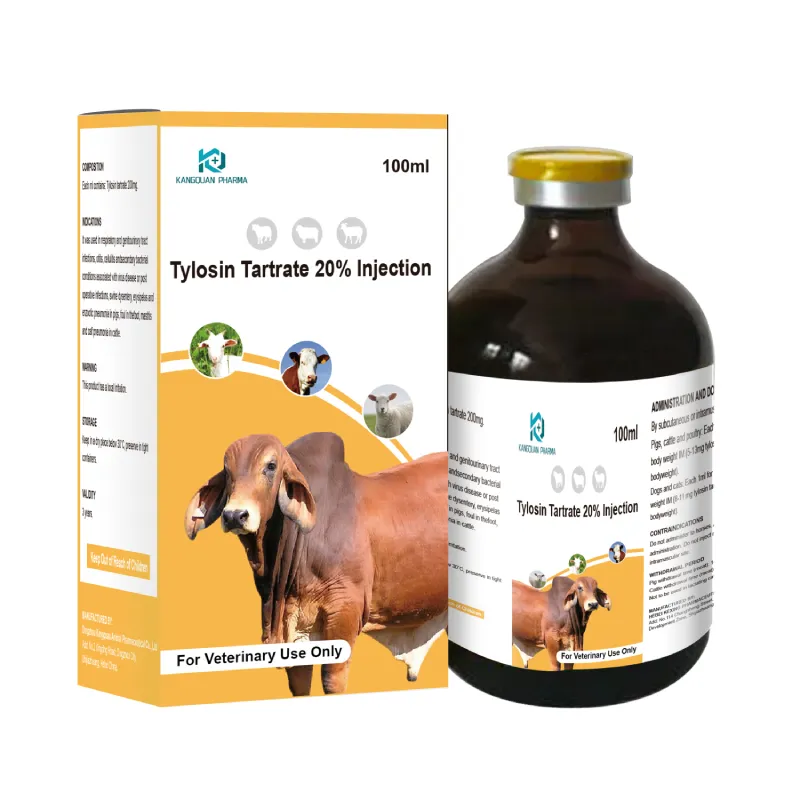- Afrikaans
- Albanian
- Amharic
- Arabic
- Armenian
- Azerbaijani
- Basque
- Belarusian
- Bengali
- Bosnian
- Bulgarian
- Catalan
- Cebuano
- Corsican
- Croatian
- Czech
- Danish
- Dutch
- English
- Esperanto
- Estonian
- Finnish
- French
- Frisian
- Galician
- Georgian
- German
- Greek
- Gujarati
- Haitian Creole
- hausa
- hawaiian
- Hebrew
- Hindi
- Miao
- Hungarian
- Icelandic
- igbo
- Indonesian
- irish
- Italian
- Japanese
- Javanese
- Kannada
- kazakh
- Khmer
- Rwandese
- Korean
- Kurdish
- Kyrgyz
- Lao
- Latin
- Latvian
- Lithuanian
- Luxembourgish
- Macedonian
- Malgashi
- Malay
- Malayalam
- Maltese
- Maori
- Marathi
- Mongolian
- Myanmar
- Nepali
- Norwegian
- Norwegian
- Occitan
- Pashto
- Persian
- Polish
- Portuguese
- Punjabi
- Romanian
- Russian
- Samoan
- Scottish Gaelic
- Serbian
- Sesotho
- Shona
- Sindhi
- Sinhala
- Slovak
- Slovenian
- Somali
- Spanish
- Sundanese
- Swahili
- Swedish
- Tagalog
- Tajik
- Tamil
- Tatar
- Telugu
- Thai
- Turkish
- Turkmen
- Ukrainian
- Urdu
- Uighur
- Uzbek
- Vietnamese
- Welsh
- Bantu
- Yiddish
- Yoruba
- Zulu
Nov . 06, 2024 12:58 Back to list
Common Antibiotics Utilized in Veterinary Medicine for Animal Health
Most Commonly Used Antibiotics in Veterinary Medicine
Antibiotics play a crucial role in veterinary medicine, ensuring the health and well-being of animals. They are primarily used to treat bacterial infections, prevent disease, and promote growth in livestock. However, the use of antibiotics must be approached with caution to avoid resistance and ensure animal and human health. This article highlights some of the most commonly used antibiotics in veterinary medicine, their applications, and considerations for their use.
One of the most widely used antibiotics in veterinary practice is penicillin. Known for its effectiveness against a variety of gram-positive bacteria, penicillin is often prescribed for infections in cattle, pigs, and sheep. It is particularly useful in treating conditions such as mastitis and respiratory infections. Despite its efficacy, veterinarians must be cautious about its overuse, as it can lead to antibiotic resistance.
Another commonly used antibiotic is tetracycline, which is effective against a broad spectrum of bacteria, including some gram-negative strains. Tetracycline is frequently used in both food animals and companion animals for various infections, including respiratory disease, skin infections, and certain systemic infections. Its versatility makes it a staple in veterinary medicine, but issues surrounding resistance should always be taken into account.
Sulfonamides are also widely utilized in veterinary medicine, particularly for their anti-inflammatory properties and ability to combat a range of bacterial infections. These antibiotics are often used to treat respiratory tract infections, intestinal infections, and urinary tract infections in animals. They are commonly administered in combination with other antibiotics to enhance effectiveness and minimize the potential for resistance.
most commonly used antibiotics in veterinary medicine

For larger animals, such as cattle and horses, macrolides like erythromycin and tylosin are frequently used. These antibiotics are particularly effective against gram-positive bacteria and some anaerobic organisms. They are often prescribed for respiratory infections and other systemic diseases. However, veterinarians must monitor their use closely, as they can disrupt gut flora and lead to digestive issues.
In small animal practice, cephalosporins have gained popularity due to their broad-spectrum activity and safety profile. They are used to treat skin infections, dental disease, and urinary tract infections in dogs and cats. The third and fourth generations of cephalosporins have shown promising results in combating resistant infections, making them valuable tools in veterinary medicine.
While the benefits of these antibiotics are significant, several considerations must be kept in mind. The development of antibiotic resistance is a significant concern, driven by the overprescription and misuse of these drugs. To mitigate this risk, veterinarians must adhere to guidelines on prudent antibiotic use and consider alternative therapies whenever possible. Furthermore, the phenomenon of antibiotic residues in food-producing animals necessitates strict withdrawal times before slaughter to ensure that antibiotic levels do not pose a risk to human health.
In conclusion, antibiotics remain an integral part of veterinary medicine, essential for treating infections and promoting animal welfare. The most commonly used antibiotics, including penicillin, tetracycline, sulfonamides, macrolides, and cephalosporins, each have unique properties and applications. However, with the growing concern over antibiotic resistance, it is imperative for veterinarians to practice responsible antibiotic stewardship, ensuring their continued efficacy for future generations of both animals and humans. The future of veterinary medicine hinges on balancing the effective treatment of infections while safeguarding the health of both animal and human populations.
-
Guide to Oxytetracycline Injection
NewsMar.27,2025
-
Guide to Colistin Sulphate
NewsMar.27,2025
-
Gentamicin Sulfate: Uses, Price, And Key Information
NewsMar.27,2025
-
Enrofloxacin Injection: Uses, Price, And Supplier Information
NewsMar.27,2025
-
Dexamethasone Sodium Phosphate Injection: Uses, Price, And Key Information
NewsMar.27,2025
-
Albendazole Tablet: Uses, Dosage, Cost, And Key Information
NewsMar.27,2025













